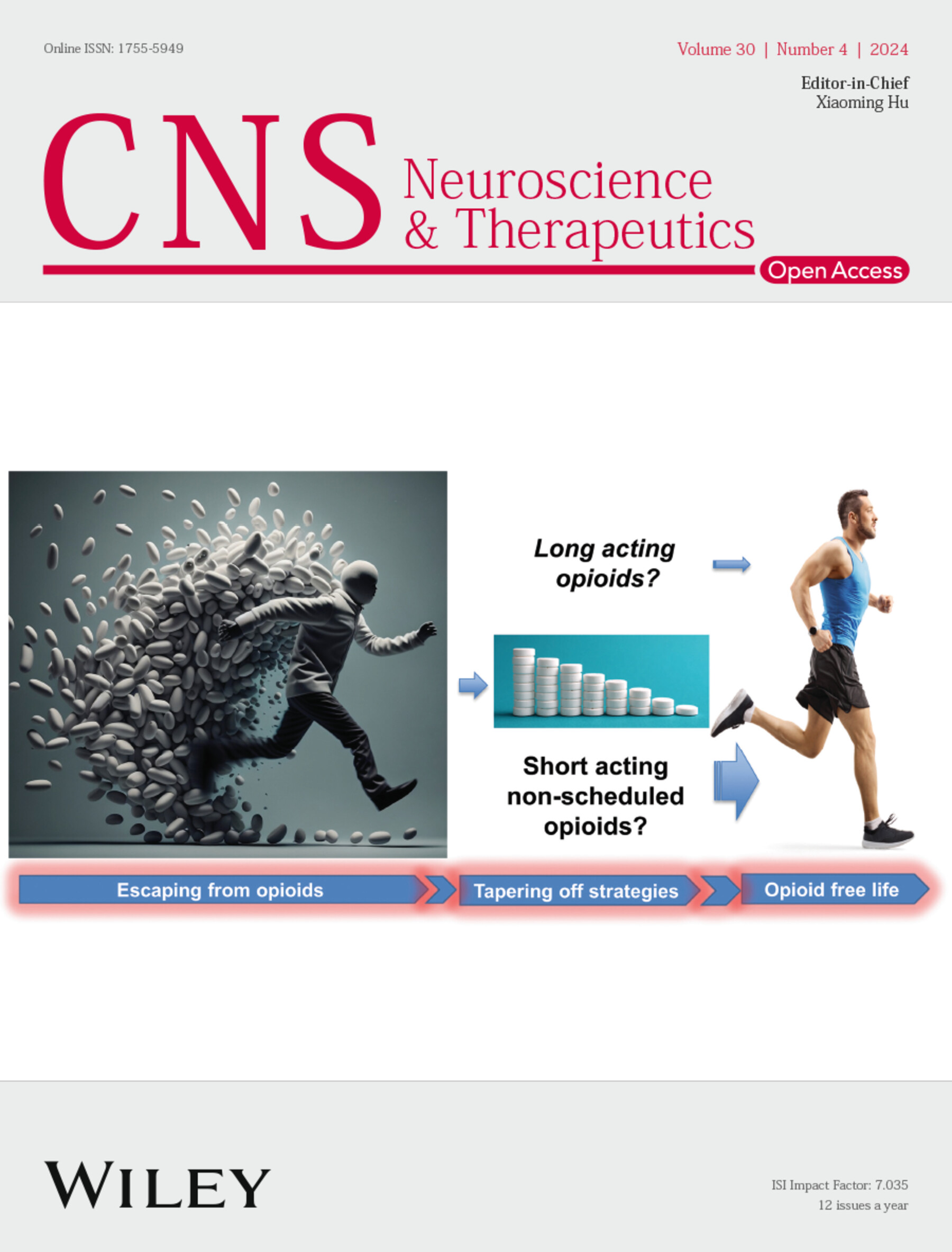The Relationship Between Different Components and Levels of Physical Exercise, Depressive Symptoms, Inhibitory Control, and Possible Cognitive Neural Mechanisms in College Students
Abstract
Objective
Based on event-related potential (ERP) evidence, this study aims to identify specific indicators of inhibitory control in college students with depressive symptoms, explore the relationship between different components and levels of physical exercise and the specific indicators of depressive symptoms and inhibitory control, and clarify potential targets for exercise interventions and possible mechanisms for alleviating depressive symptoms in college students.
Methods
An observational research design was adopted, utilizing convenience sampling to randomly recruit 225 college students. Participants were asked to complete a demographic questionnaire, the Beck Depression Inventory, and the Physical Activity Scale. Behavioral performance during inhibitory control tasks, as well as synchronous ERP brain signals, was collected.
Results
Compared to healthy college students, the specific indicators of inhibitory control in college students with depressive symptoms included the Nogo accuracy and the N2 amplitude of Fz potentials under the Nogo condition for response inhibition, and the Stroop incongruent reaction time and the P3 amplitude of Fz potentials under the Stroop incongruent condition for interference inhibition (all p < 0.05). Physical exercise volume, intensity, duration, and frequency were significantly correlated with depressive symptom scores (all p < 0.05). Intensity, duration, and frequency were identified as key influencing factors. Moderate-intensity sustained exercise and high-intensity non-sustained exercise, as well as high-intensity sustained exercise, showed stronger effects. Longer durations (31–59 min and > 60 min) and higher frequencies (1–2 times/week and 3–5 times/week) also showed stronger effects. Physical exercise volume and intensity were significantly correlated with the N2 amplitude of Fz potentials under the Nogo condition for response inhibition (p < 0.05), with no significant differences observed for different exercise intensities (p > 0.05). Physical exercise volume, intensity, and duration were significantly correlated with Stroop incongruent reaction time and the P3 amplitude of Fz potentials under the Stroop incongruent condition (all p < 0.05). Intensity and duration were key influencing factors. In terms of behavioral task performance, moderate-intensity sustained exercise and high-intensity non-sustained exercise, as well as high-intensity sustained exercise, exhibited stronger effects. Regarding cognitive neural processing, high-intensity non-sustained exercise had a more substantial effect, and durations of 31–59 and > 60 min also had stronger effects.
Conclusion
College students with depressive symptoms exhibit impaired inhibitory control, with decreased behavioral performance in response inhibition and interference inhibition tasks and reduced cognitive neural processing abilities. These can serve as key indicators for the early identification of depressive symptoms in college students. For depressive symptoms, it is recommended that exercise intensity be moderate or higher, with a duration of at least 30 min and a frequency of 1–2 times/week and 3–5 times/week, with the optimal frequency being 3–5 times/week. For interference inhibition, it is recommended that exercise intensity be moderate or higher, with the greatest benefits observed from high-intensity non-sustained exercise for cognitive neural processing and a duration of at least 30 min. When designing exercise programs, it is important to consider the combination of different components of exercise and to tailor personalized, precise interventions based on individual differences in depressive symptoms and target areas.


 求助内容:
求助内容: 应助结果提醒方式:
应助结果提醒方式:


